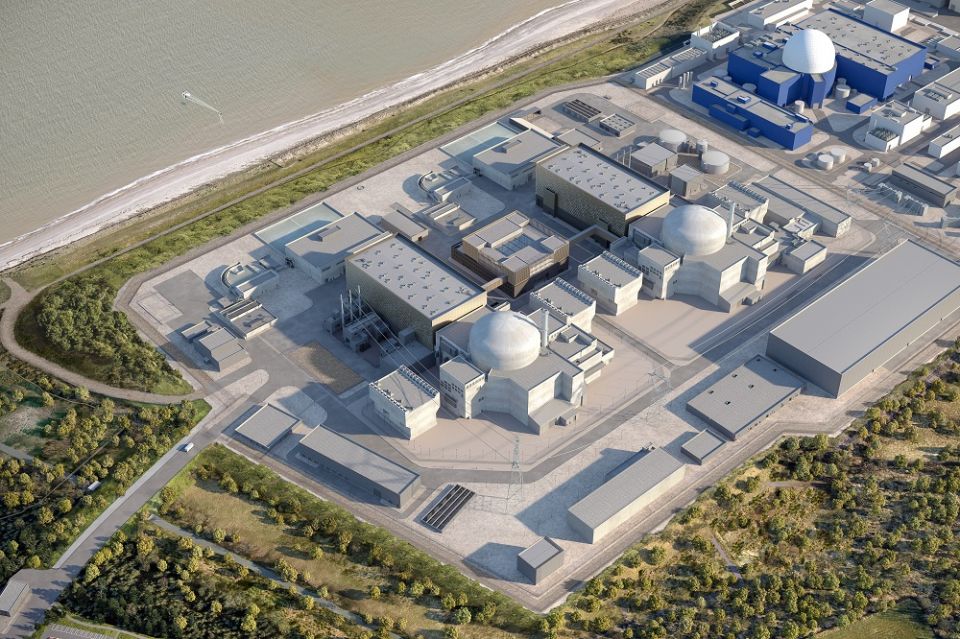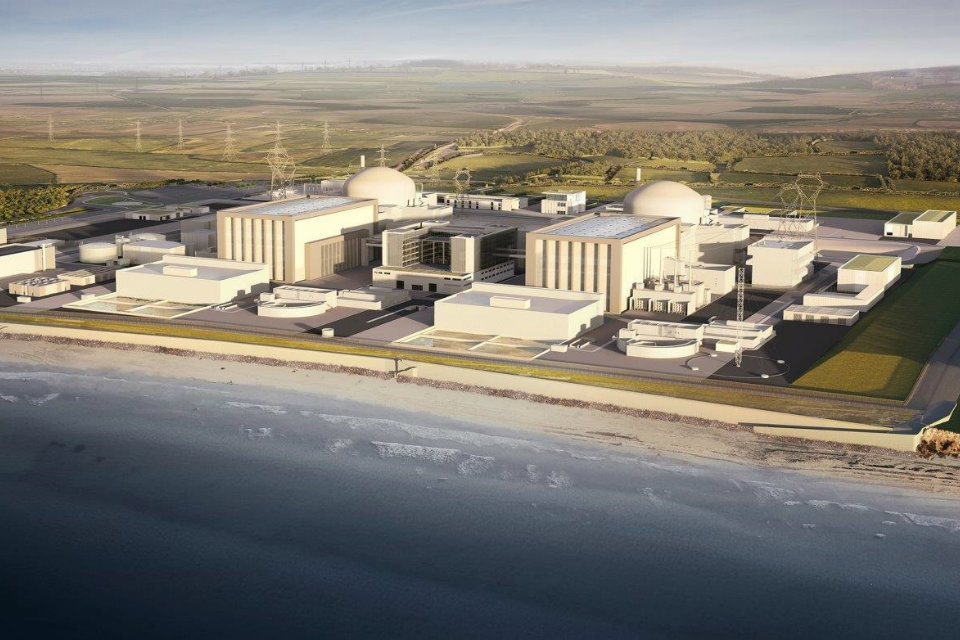Electron-Ion Collider coming to Brookhaven gets substantial U.K. investment

The U.S. Department of Energy is constructing the Electron-Ion Collider (EIC) at Brookhaven National Laboratory to explore the boundaries of nuclear physics—both for the sake of science and to support diverse applications, including in nuclear medicine, radiation safety, and nuclear energy. The project, already supported by international collaborators in 40 countries, just secured a significant commitment from the United Kingdom.



.jpg)





